Enjoyment @ work
Result under "Material Explorations"Previous studies show that many of the workers complain about the boredom they experience in-between the times they attend to alarms or crisis at the factory. Management of the power plant told us they believed this was one reason why they find it more and more difficult to attract young people to work in the control room settings. We conducted ethnographic studies that both did support this, but also did not. Not all control room workers we met with wanted to agree to being bored, while some admitted that their friends rather wanted to stay in the factory than being moved to the control room environment they believed was a more constrained environment. But also we found how many of the control room workers in order to entertain themselves acted out various social games between themselves, such as baking bread to enjoy for breakfast together, pulling tricks on one-another and so forth.
To explore this further and to bring these findings closer to interactive systems design we are in this project exploring an approach that we refer to as one function tech probes – basically a set of small ambiguous systems that perform only one function without really explaining why to the end-users. By deploying such probes in a real-working control room our hope is to involve the control room workers in the design process, playfully exploring what these probes can afford to enhance their social play at work.
We have currently developed three such probes: (1) a set of armbands allowing for various vibration patterns to be sent silently among the control room workers, (2) a set of pins to be worn by the workers which worked in combination with a set of balls to be placed around the control room as they liked. These balls visualized to the rhythm of people’s presence, there coming and going, for all around them, and (3) a set of GRS-lanyards allowing everyone visiting the control room to see on a set of tall pipes a representation of bodily data corresponding to the control room workers’ stress levels.
This first probe set was in May 2013 deployed at Kraftvärmeverket (KKV) in Västerås where 11 control room workers agreed to use and explore the potential purposes of these probes over a period of seven days.
In short, we found that during this week the control room workers at KVV really liked the GSR-sensor probe and that they can see themselves taking part in a design process exploring this technology further, and how it can be used in their environment. While they found it hard to completely understand the notion of technology being developed to purely entertain them or fit with their social interactions and jokes, we as researchers could see how the armband probe was a probe they often used to create what they found to be entertaining confusion, i.e. seeing how the others tried to work out who it was that created the vibration when secretly creating such an expression. The glowing balls turned out to be most inspiring to visitors to the control room, some of whom we talked to. What they told us was that they wanted to have such technology to show them how busy the control room workers had been before they got there, to know if the timing of their arrival was appropriate. Also they wanted to have the related armbands that, for technical reasons, were only working for the control room workers near the antenna.
Project leader: Petra Sundström
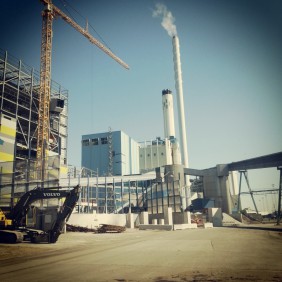
Kraftvärmeverket (KKV) in Västerås
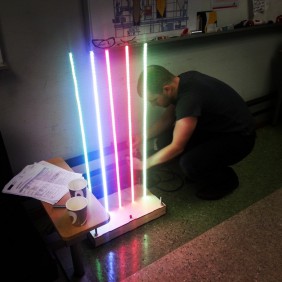
The tall pipes showing a representation corresponding to the control room workers’ stress levels
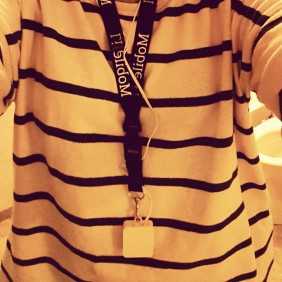
The GRS-lanyard
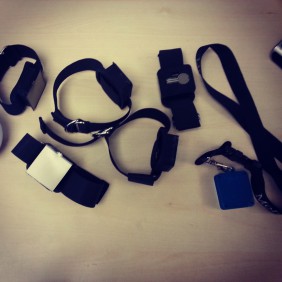
The armbands allowing for various vibration patterns
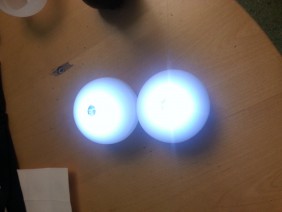
Balls visualizing the rhythm of people’s presence
Also See:
Members:
Johanna MercurioJordi Solsona
Stina Nylander
Elina Vartiainen
Mikael Anneroth
Petra Sundström
Jarmo Laaksolahti
Deniz Akkaya
Mert Gunay Karadogan
Fergus Bisset
Martin Murer
Connected Projects:
Material Explorations
Inspirational Bits

